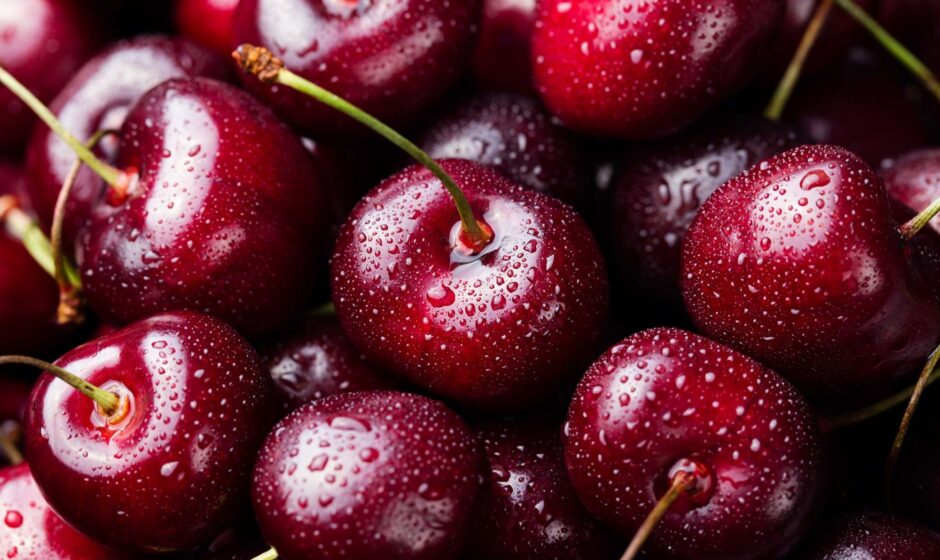Cherries are more than just a sweet summer treat; they are a symbol of the season’s bounty and the culmination of an extraordinary journey from orchard to table. This journey, filled with careful cultivation, skilled harvesting, and precise handling, makes sure that the cherries you enjoy are at their peak of flavor and freshness. In this blog post we will take a look at the enticing process of cherry cultivation.
The Blossom Stage: A Delicate Beginning
The journey of a cherry begins long before it reaches the fruit stand. It starts in early spring when cherry trees burst into bloom, covering orchards in delicate white and pink blossoms. This period is critical as these blossoms need to be pollinated by bees to produce fruit. Farmers at Brouwer Fruit-Kersen Verkoop often place beehives in their orchards to encourage this process, knowing that a successful pollination season is the first step toward a bountiful harvest.
Growing Season: Nurturing the Fruit
Once the blossoms are pollinated, they begin to transform into tiny green cherries. Throughout the growing season, which spans from late spring to early summer, farmers tend to their orchards with great care. This involves regular watering, pruning, and protecting the trees from pests and diseases. The goal is to ensure that each cherry receives the right amount of nutrients and sunlight, fostering the development of plump, juicy fruit.
Harvesting: A Race Against Time
When summer arrives and the cherries have reached their optimal size and sweetness, it’s time for the harvest. Timing is crucial, as cherries are highly perishable and need to be picked at the peak of ripeness. This period typically lasts only a few weeks, so farmers must work quickly and efficiently. Many orchards still rely on hand-picking to avoid bruising the delicate fruit, ensuring that only the best cherries make it to market.
Sorting and Packing: Ensuring Quality
After harvesting, the cherries are swiftly transported to a packing facility. Here, they undergo a rigorous sorting process where they are washed, cooled, and inspected for quality. Only the finest cherries, free from blemishes and imperfections, are selected for packaging. They are then sorted by size and color, ensuring uniformity and appealing presentation. This meticulous attention to detail guarantees that consumers receive cherries that look as good as they taste.
Transportation: Keeping It Cool
To maintain their freshness, cherries must be kept cool throughout their journey from orchard to store. This involves a carefully controlled cold chain, from refrigerated trucks to climate-controlled storage facilities. By keeping the cherries at a consistent low temperature, their shelf life is extended, and their flavor is preserved, ensuring that they arrive at their destination in perfect condition.
Reaching Your Table: A Moment of Enjoyment
Finally, the cherries make their way to grocery stores, farmers’ markets, and ultimately, your table. Whether enjoyed fresh out of the bowl, baked into a pie, or blended into a smoothie, cherries offer a burst of summer sweetness that is both delicious and nutritious. Rich in antioxidants, vitamins, and minerals, they are a delightful treat that also contributes to a healthy diet.
The Cherry’s Legacy: More Than Just Fruit
The journey of a cherry from orchard to table is a testament to the dedication and hard work of farmers and agricultural workers. Their commitment to quality and sustainability ensures that we can enjoy these little gems year after year. So, the next time you savor a cherry, take a moment to appreciate the incredible journey it has made to bring a taste of summer to your home.
In essence, the story of a cherry is one of nature’s wonders, human ingenuity, and the joy of simple pleasures. It reminds us of the intricate processes behind the foods we often take for granted and the importance of supporting local farmers and sustainable practices. Enjoying a cherry is not just a culinary experience; it’s a celebration of a remarkable journey.



